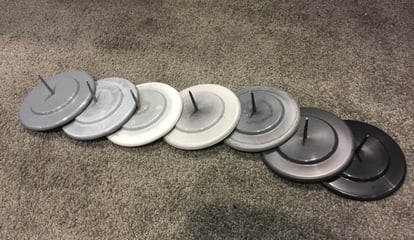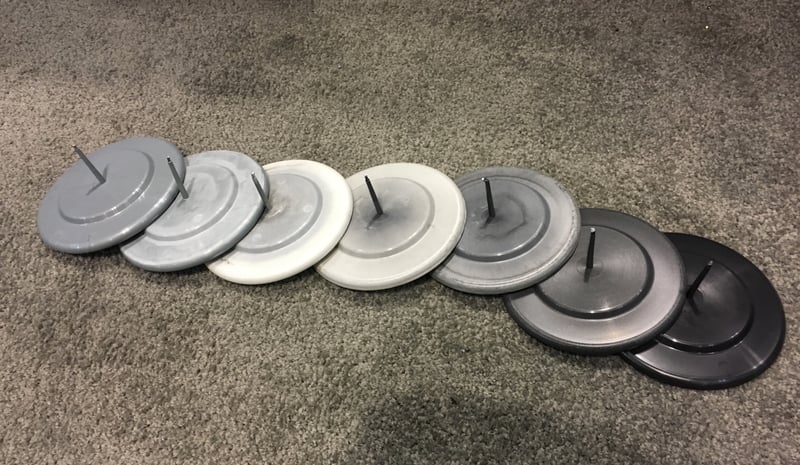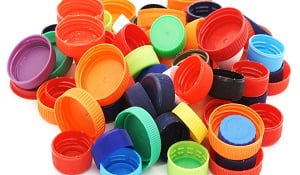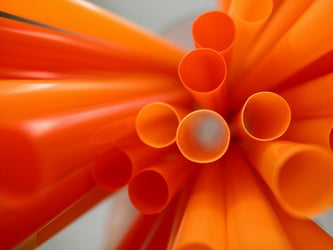
You’re no stranger to color changes as a plastic processor or manufacturer. But have you ever wondered where all that material ends during the process? Let’s dive into the details and explore some best practices for managing material inventory during color changes.
The Material Inventory Balancing Act
Most companies physically inventory their resin, colorants, and additives. They estimate the pounds of “consumed resin, colorant, and additive” versus the product produced and sold. But does your material inventory balance match your calculations?
Consider the tools typically used by material handlers: a five-gallon bucket, plastic tote, or a bulk Gaylord or cardboard drum. When it’s time for a color change, the remaining material in the hopper, dryer, and surge bin is drained into these containers.
The Color Change Scenario
Take a medium-sized machine (around 500 tons) as an example. During a color change, the machine hopper, blender, and staged resin bin feeding the machine are drained. What’s left is a combined 255 pounds of material, estimated at $375.
Now, imagine a successful color change from black to white. It only took twenty-five minutes and fifteen pounds of purge material. Good parts were running, and everyone except the material manager was happy. They’re searching for 250 pounds of mixed resin and colorant from the previous job, and it’s nowhere to be found.
Tools for Home Run Color Changes
To achieve home run color changes, your color change team needs the right tools:
- Material Containers: Ensure you have containers to drain the remaining material.
- Proper Labels: Label the material correctly for easy identification.
- Storage Location: Document the location of the remaining resin in the material racks.
- Traceability Information: Record name, date, and lot numbers for traceability.
- Purge Material Calculation: Determine how much purge material is required for the specific color change.
- Document Bin: Have a hanging document bin to turn in Color Change Sheets to the Supervisor for schedule confirmation.
Conclusion
Your company can achieve successful color changes with proper planning and the right tools. Feel free to reach out anytime if you’d like to explore using a purge compound to streamline your color change process.
Effective material management during color changes ensures smoother operations and cost savings.
Ready to reduce your production downtime to protect your profits? Learn more about how purging compounds and process efficiency work in tandem.

With over 30 years in the field, Jerry Weddell is a Technical Sales Representative with a wealth of knowledge in mold-making and purging compounds. While his expertise spans injection molding, extrusion, and blow molding, he is particularly distinguished in injection molding. Jerry's profound understanding of these processes enables him to offer targeted, practical solutions, especially in the nuanced aspects of injection molding. His commitment to providing exceptional guidance and support to clients has made him a respected and trusted figure in the industry.







Comments